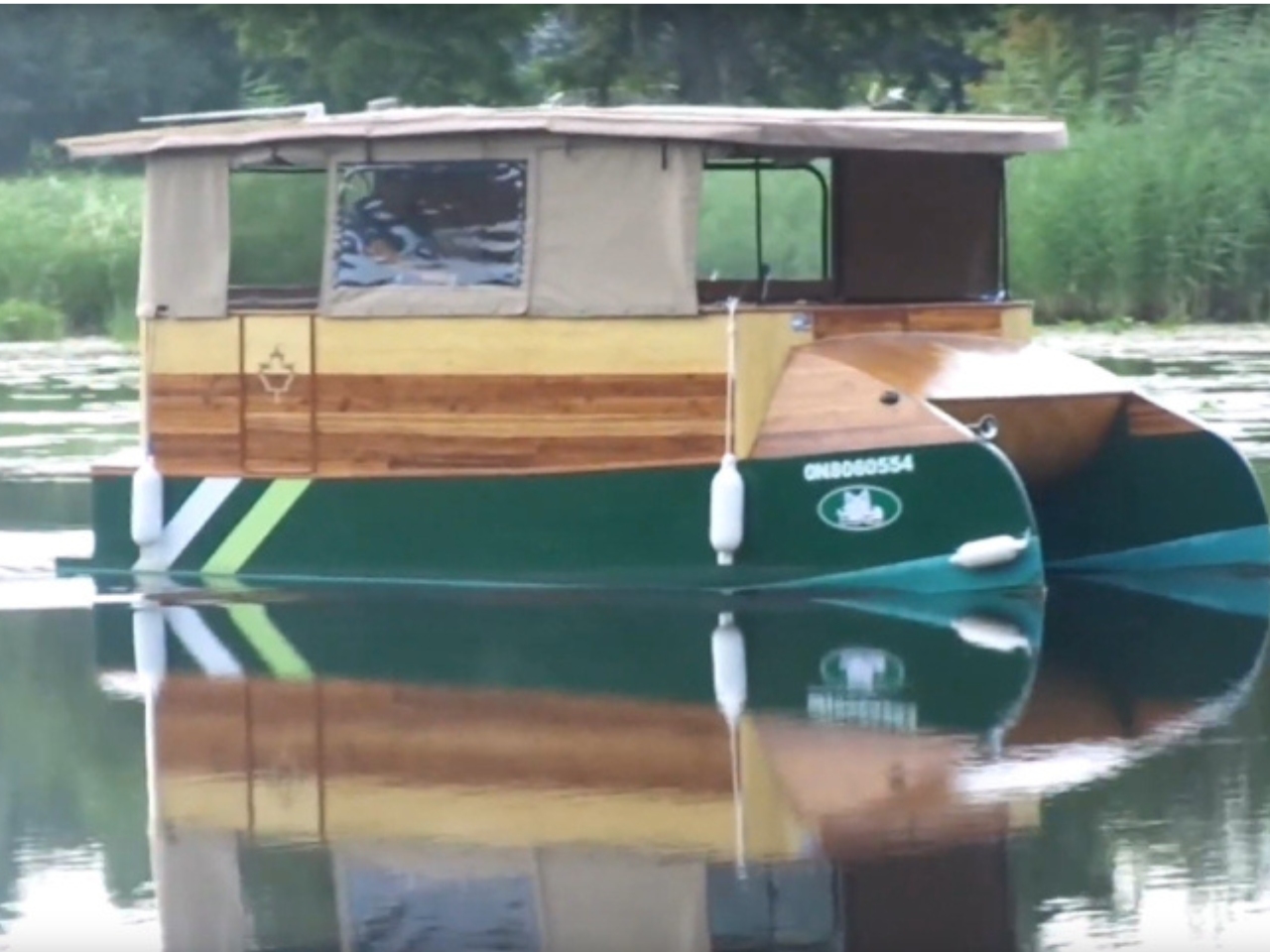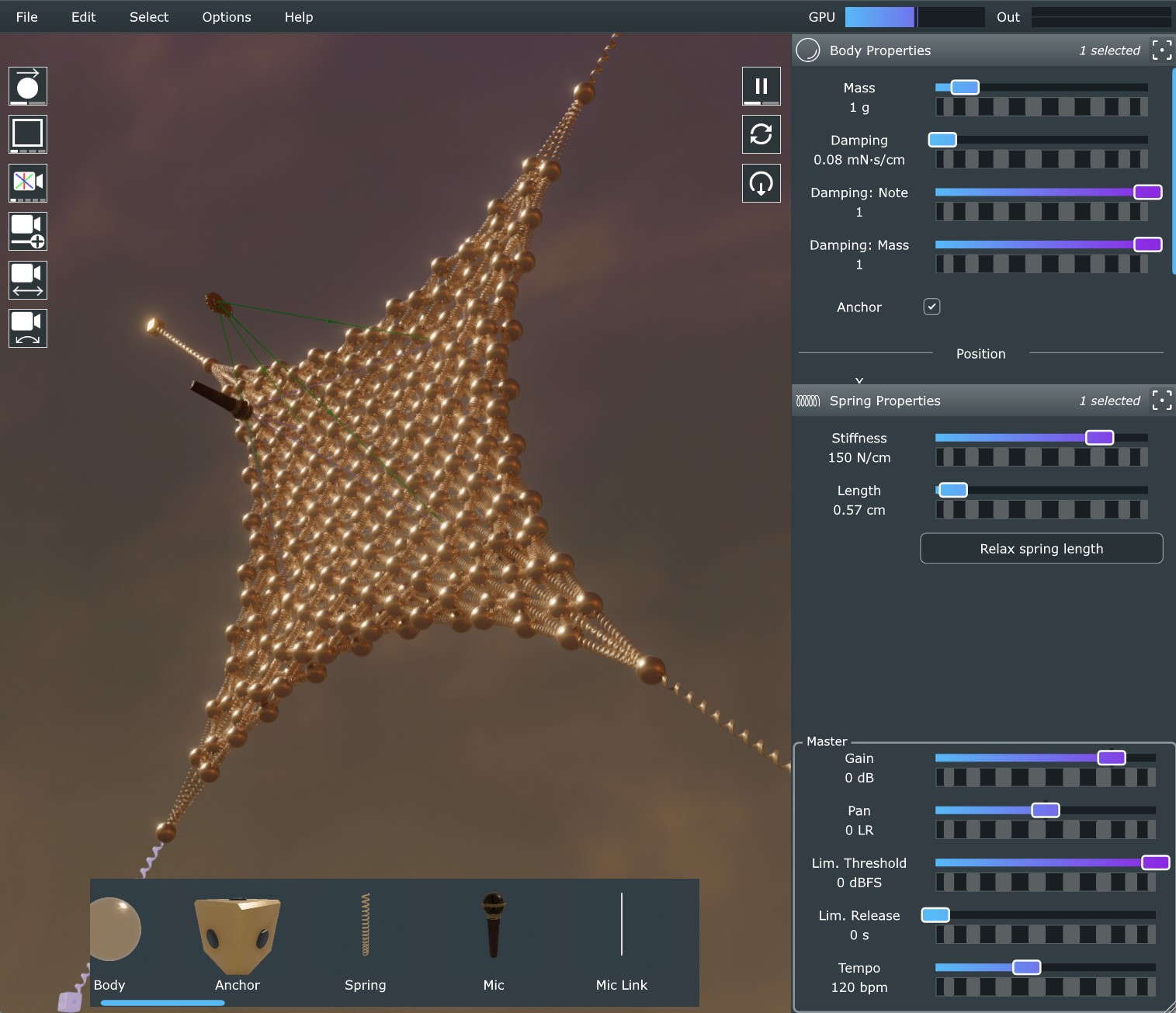Dear Atlas: How Can I Explore My Hometown Like a Tourist?
Dear Atlas is Atlas Obscura’s travel advice column, answering the questions you won’t find in traditional guidebooks. Have a question for our experts? Submit it here. * * * Dear Atlas, How do you be a tourist in your hometown? For context, I grew up in the Tug Hill region of Central New York, but have since moved to Buffalo. My parents never really prioritized exploring the area with us as kids yet I'm sure there is wonder to be found, even in an area that was once referred to me as “the most obscure part of New York State.” Here at Atlas Obscura, we truly believe wonder is everywhere, even in your own backyard. That said, trying to reframe the familiar as an adventure can take a bit of doing. For most of us, it’s easy to think of our hometowns as ordinary, even boring, especially if our hometown is in a rural area like the Tug Hill region of New York State. It’s hard not to think, “Haven’t I done everything here?” But even the most well-known settings hold surprises. It just takes some imagination (and maybe a bit of research). Dig Into Local Histories So many of us don’t know the history of our hometowns. We may know bits and pieces, but when’s the last time you dove into the archives and learned something new about where you're from? A great place to start can be your local library or historical society. Libraries have a wealth of local records—old newspapers, church records, early maps, historic photographs, census data, and more. Try comparing old maps to the satellite view in Google Maps. Are there some old ruins you could safely hike to? Are there any local places listed on Atlas Obscura you haven’t explored? Or maybe pick up a book about the Indigenous history of your hometown. Are there Indigenous sites you could visit? Historical societies can be an information treasure trove, too. Peruse their displays on local history and prominent individuals. Read an old diary or learn about bygone businesses. Many historical societies are run by history-loving volunteers, so don’t hesitate to ask any staff or your local librarian about what they recommend exploring—you may be surprised by their answer. Also, libraries and historical societies often have free, digitized records that you can explore even from home. Take a Cue From Nature Long before human history, the land has been keeping track of its own history. Ever-changing, nature is a cache of curiosities. You could purchase a topographic map and hike to Tug Hill’s highest (or lowest!) point. Or explore nearby natural wonders, like local caves, strange rock formations, or hidden waterfalls. If you find an old map at the library or historical society, see if you can find and follow an abandoned road, canal, or Native American trail. As you hike, you could pick wildflowers or forage for local delicacies to incorporate into a salad (my grandmother was fond of this dandelion salad, for instance). Play a game of “What Went By,” researching footprints in the snow or scat to see what animals have visited your backyard or local park. Or try birding for an afternoon. You can use free apps like Merlin or eBird to help scientists track migratory and resident birds. You may be surprised how far some birds have traveled to your neck of the woods, like the adorable Yellow-bellied Flycatcher, who flies back from as far south as Panama to breed in the forests around Tug Hill. Dive Into Local Culture Whether you’re exploring New York City or sleepy Watertown in Tug Hill, everywhere has its own unique customs and food. A great way to explore your hometown is to attend a local festival or try regional foods you may have missed growing up. Ask a long-time resident if they know about a hidden culinary specialty. Is there an unusual flavor served at a nearby ice cream shop or a hyper-local sandwich dished out at the local diner? Drop by your town or region’s local tourism office and grab brochures for anything interesting. Or ask a staff member for recommendations. They may be able to cater their suggestions to your interests. Above all, go in with an open mind and don’t take anything too seriously. Adventures can be had anywhere. Driving down an unfamiliar road can be an adventure if you let it. So stay curious and start small. Give yourself a day to get a little lost and turn off the GPS—you may be surprised by all the wonder you find in your own backyard. * * * Sarah Durn is a bestselling author and journalist. A former Atlas Obscura staff editor, she regularly contributes to the New York Times, National Geographic, Smithsonian, Wired, Gizmodo, Culture Trip, Mental Floss, and the AV Club, among others. Her book The Beginner's Guide to Alchemy, published by Rockridge Press in May of 2020, has garnered more than a thousand five-star reviews on Amazon and was a #1 new release on the site. A lifelong traveler, she has called India, Ireland, South Africa, and Japan home. Though her wanderlust keeps her moving, she currently lives in New Orleans.

Dear Atlas is Atlas Obscura’s travel advice column, answering the questions you won’t find in traditional guidebooks. Have a question for our experts? Submit it here.
* * *
Dear Atlas,
How do you be a tourist in your hometown? For context, I grew up in the Tug Hill region of Central New York, but have since moved to Buffalo. My parents never really prioritized exploring the area with us as kids yet I'm sure there is wonder to be found, even in an area that was once referred to me as “the most obscure part of New York State.”
Here at Atlas Obscura, we truly believe wonder is everywhere, even in your own backyard. That said, trying to reframe the familiar as an adventure can take a bit of doing. For most of us, it’s easy to think of our hometowns as ordinary, even boring, especially if our hometown is in a rural area like the Tug Hill region of New York State. It’s hard not to think, “Haven’t I done everything here?” But even the most well-known settings hold surprises. It just takes some imagination (and maybe a bit of research).
Dig Into Local Histories
So many of us don’t know the history of our hometowns. We may know bits and pieces, but when’s the last time you dove into the archives and learned something new about where you're from?
A great place to start can be your local library or historical society. Libraries have a wealth of local records—old newspapers, church records, early maps, historic photographs, census data, and more. Try comparing old maps to the satellite view in Google Maps. Are there some old ruins you could safely hike to? Are there any local places listed on Atlas Obscura you haven’t explored? Or maybe pick up a book about the Indigenous history of your hometown. Are there Indigenous sites you could visit?
Historical societies can be an information treasure trove, too. Peruse their displays on local history and prominent individuals. Read an old diary or learn about bygone businesses. Many historical societies are run by history-loving volunteers, so don’t hesitate to ask any staff or your local librarian about what they recommend exploring—you may be surprised by their answer.
Also, libraries and historical societies often have free, digitized records that you can explore even from home.
Take a Cue From Nature
Long before human history, the land has been keeping track of its own history. Ever-changing, nature is a cache of curiosities. You could purchase a topographic map and hike to Tug Hill’s highest (or lowest!) point. Or explore nearby natural wonders, like local caves, strange rock formations, or hidden waterfalls. If you find an old map at the library or historical society, see if you can find and follow an abandoned road, canal, or Native American trail. As you hike, you could pick wildflowers or forage for local delicacies to incorporate into a salad (my grandmother was fond of this dandelion salad, for instance).
Play a game of “What Went By,” researching footprints in the snow or scat to see what animals have visited your backyard or local park. Or try birding for an afternoon. You can use free apps like Merlin or eBird to help scientists track migratory and resident birds. You may be surprised how far some birds have traveled to your neck of the woods, like the adorable Yellow-bellied Flycatcher, who flies back from as far south as Panama to breed in the forests around Tug Hill.
Dive Into Local Culture
Whether you’re exploring New York City or sleepy Watertown in Tug Hill, everywhere has its own unique customs and food. A great way to explore your hometown is to attend a local festival or try regional foods you may have missed growing up.
Ask a long-time resident if they know about a hidden culinary specialty. Is there an unusual flavor served at a nearby ice cream shop or a hyper-local sandwich dished out at the local diner?
Drop by your town or region’s local tourism office and grab brochures for anything interesting. Or ask a staff member for recommendations. They may be able to cater their suggestions to your interests.
Above all, go in with an open mind and don’t take anything too seriously. Adventures can be had anywhere. Driving down an unfamiliar road can be an adventure if you let it. So stay curious and start small. Give yourself a day to get a little lost and turn off the GPS—you may be surprised by all the wonder you find in your own backyard.
* * *
Sarah Durn is a bestselling author and journalist. A former Atlas Obscura staff editor, she regularly contributes to the New York Times, National Geographic, Smithsonian, Wired, Gizmodo, Culture Trip, Mental Floss, and the AV Club, among others. Her book The Beginner's Guide to Alchemy, published by Rockridge Press in May of 2020, has garnered more than a thousand five-star reviews on Amazon and was a #1 new release on the site. A lifelong traveler, she has called India, Ireland, South Africa, and Japan home. Though her wanderlust keeps her moving, she currently lives in New Orleans.













































































































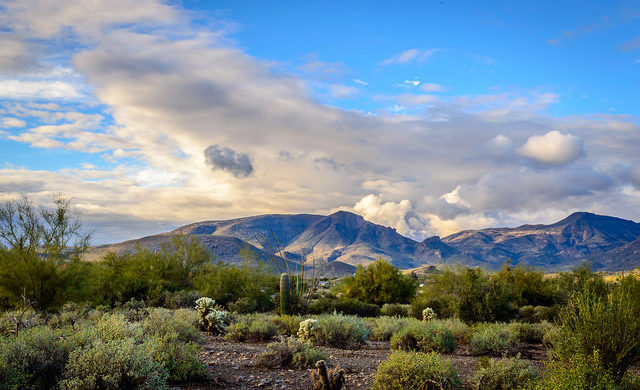




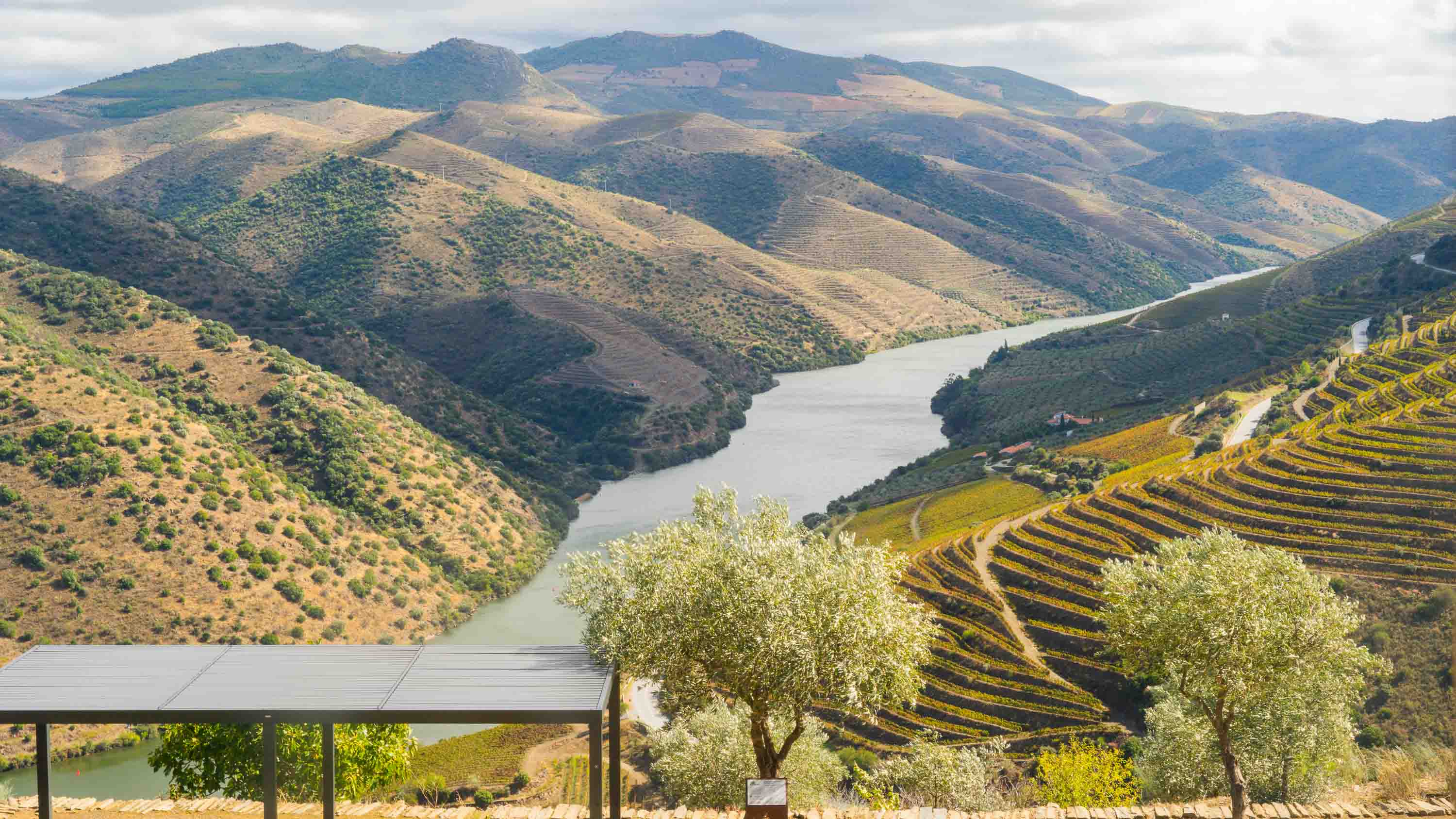
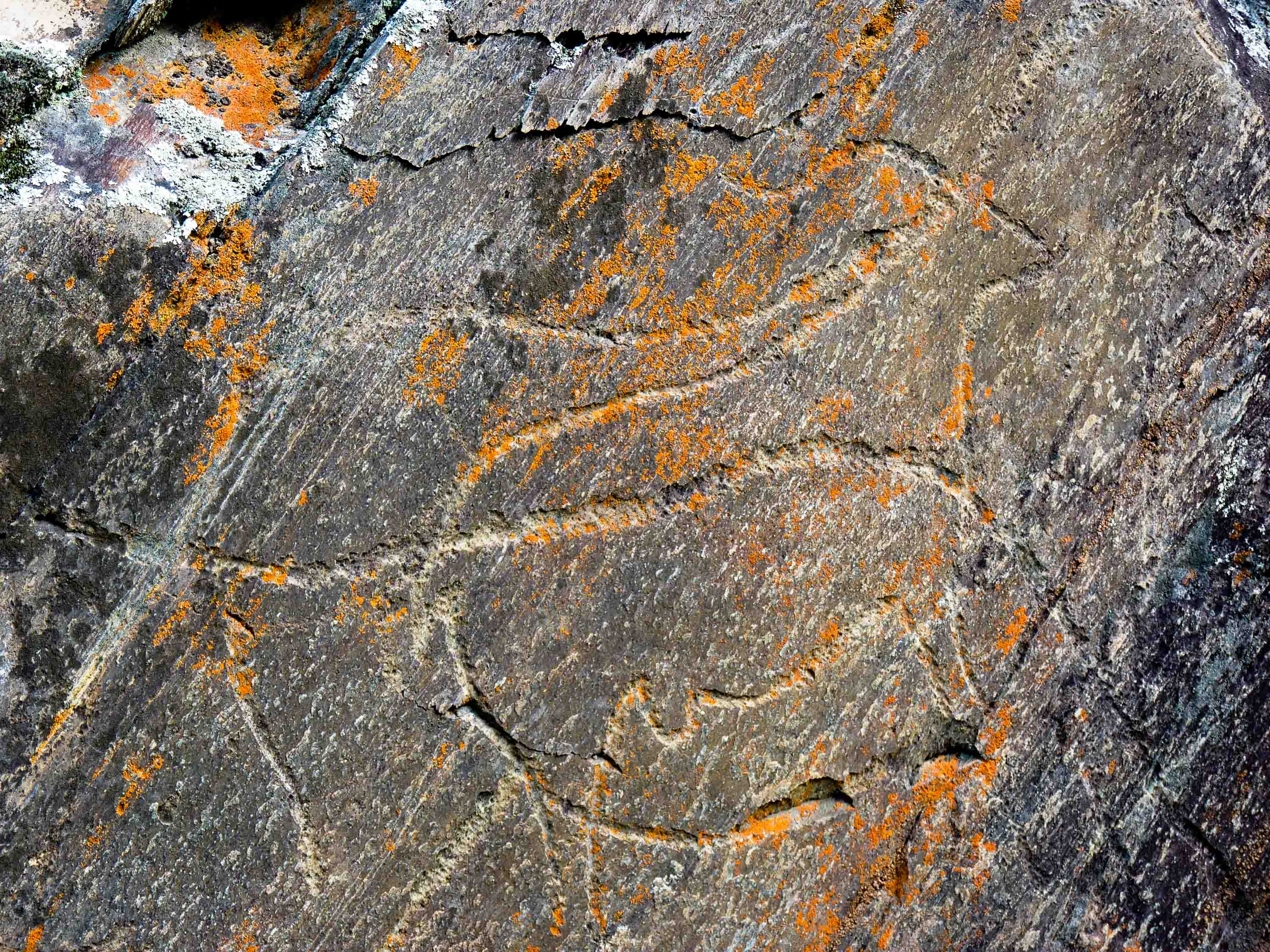




























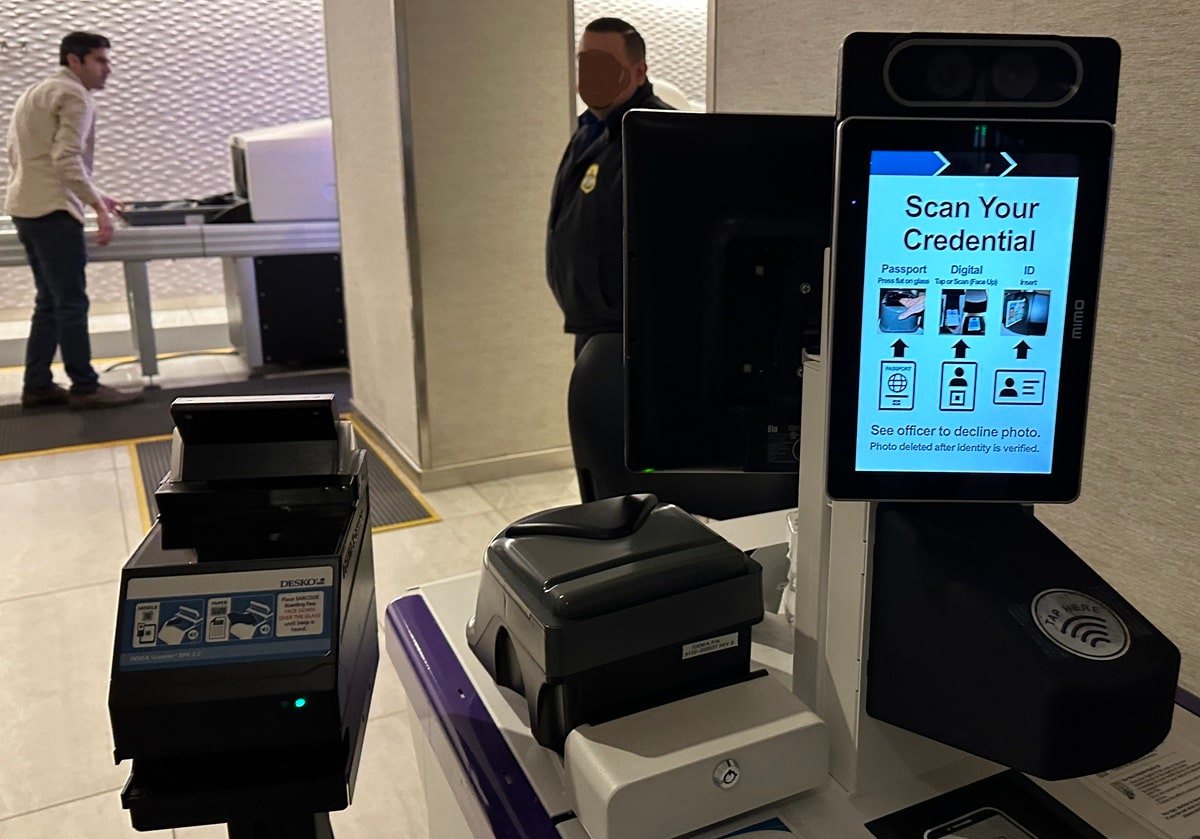









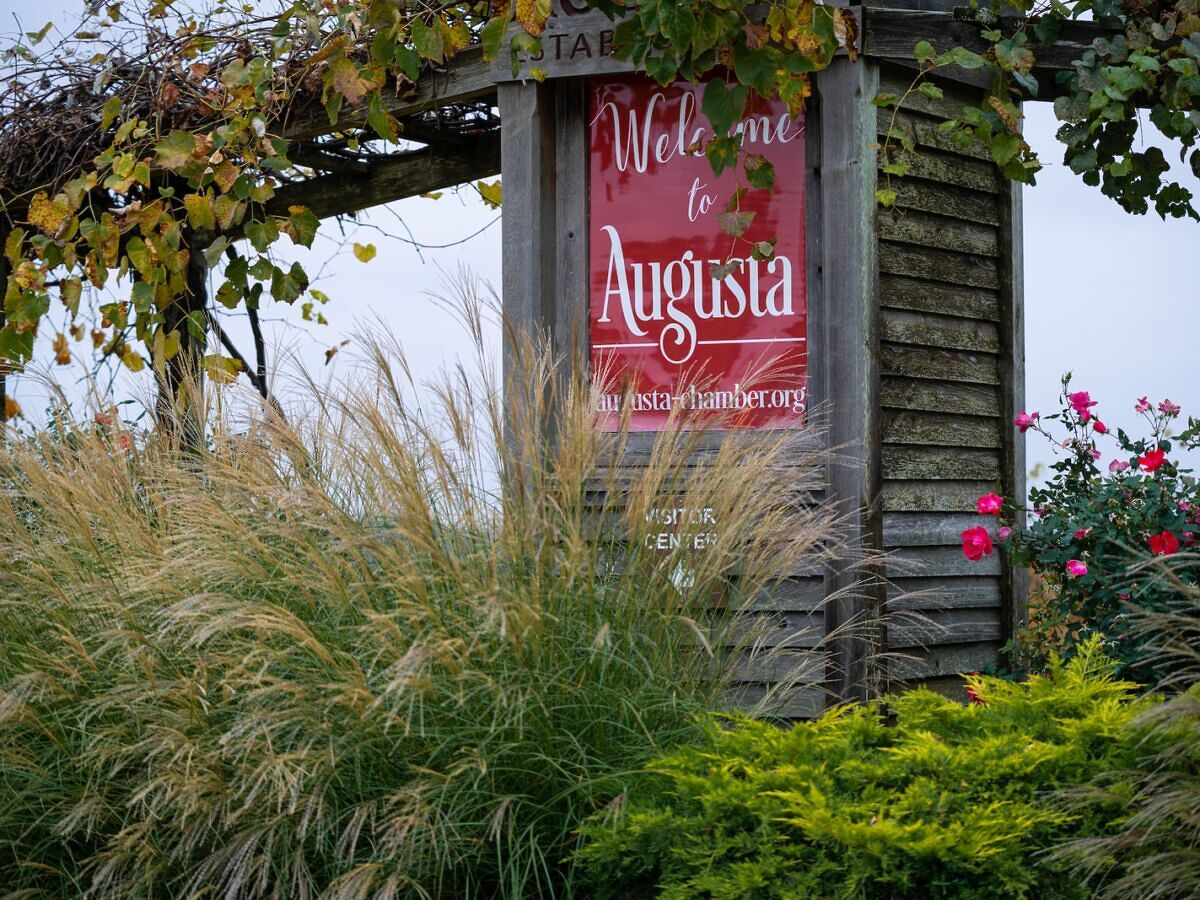
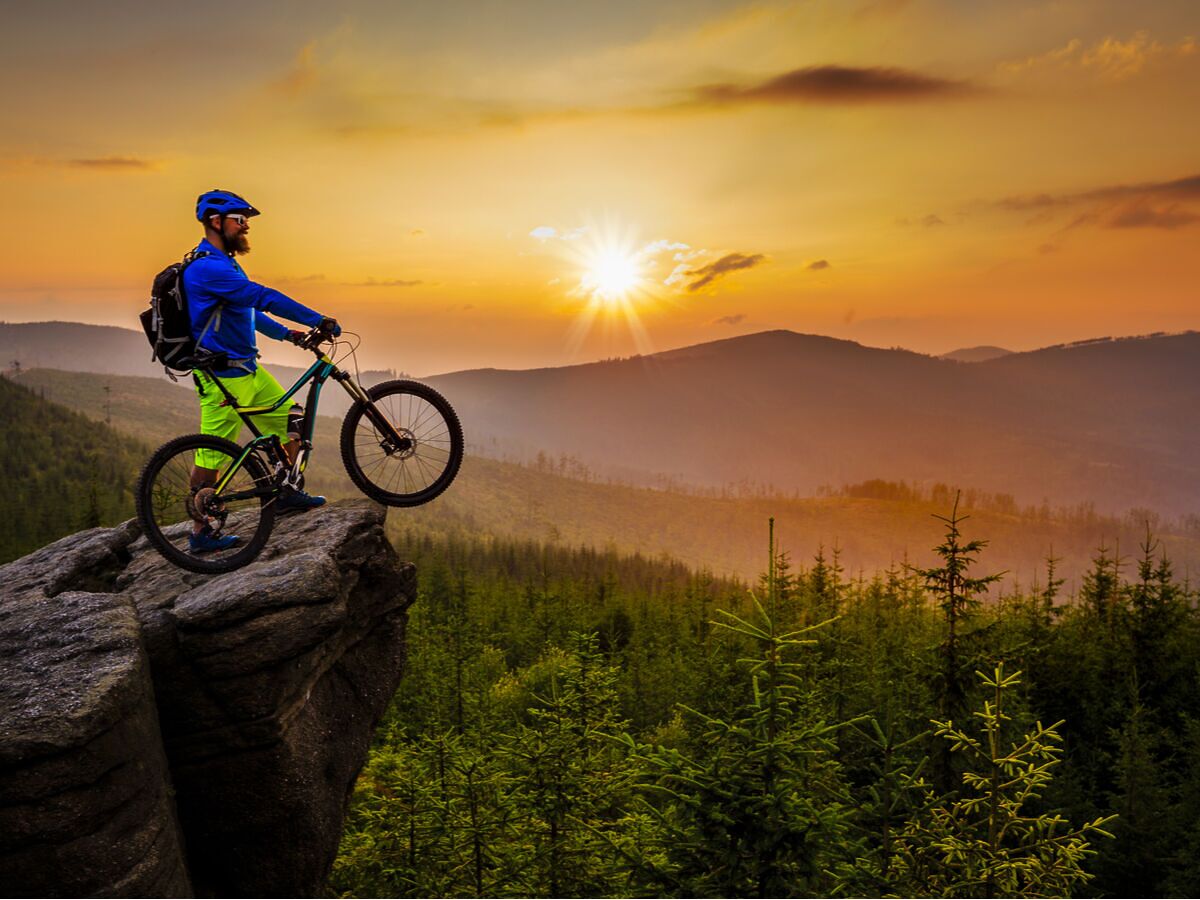





























































































































.jpg?width=1920&height=1920&fit=bounds&quality=70&format=jpg&auto=webp#)




































































































































